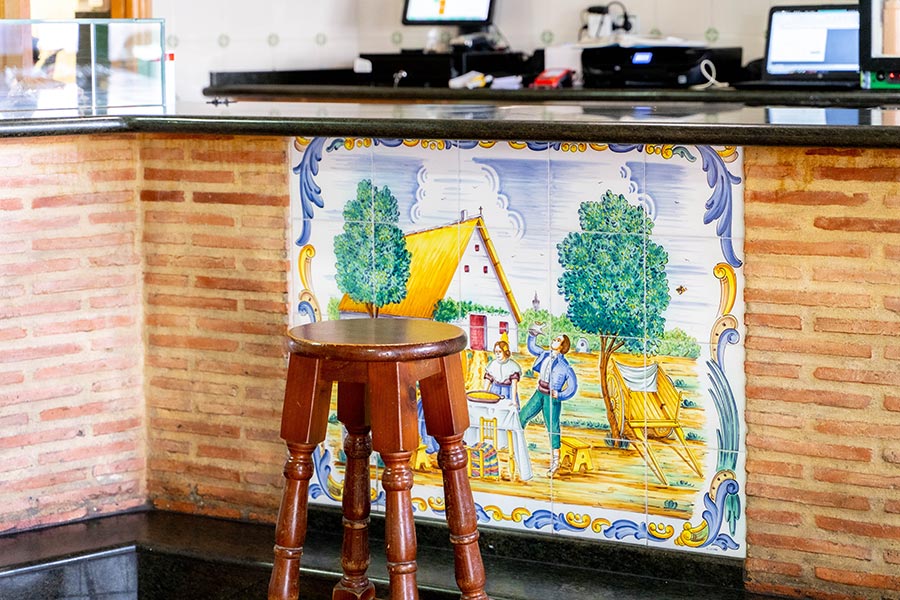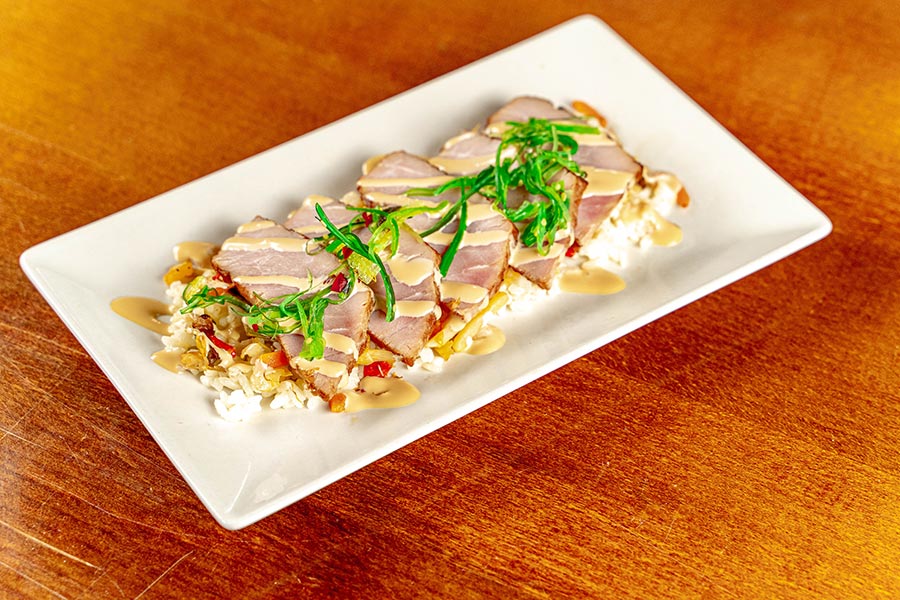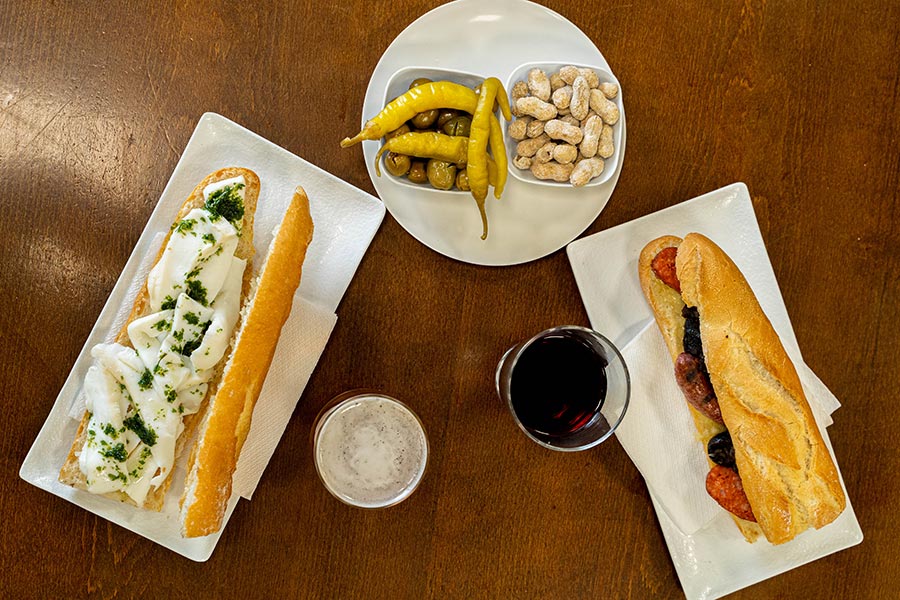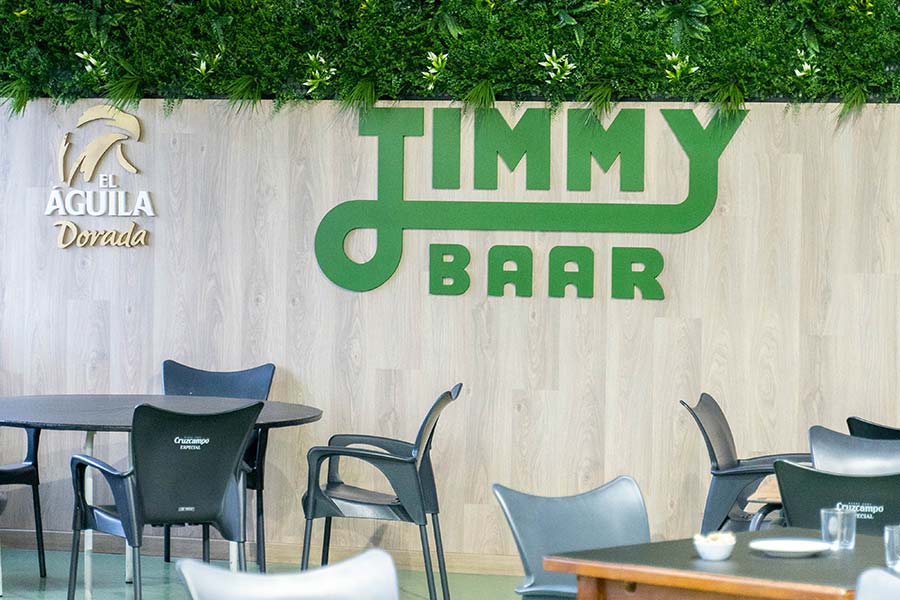Almorzar en Valencia

Descubriendo los mejores lugares para almorzar en Valencia
Valencia es una ciudad conocida por su vibrante cultura culinaria, donde el almuerzo se convierte en una tradición sagrada para locales y visitantes. Encontrar el lugar perfecto para almorzar en Valencia puede ser una tarea apasionante, ya que la ciudad está repleta de bares y restaurantes que ofrecen una experiencia gastronómica única. En este artículo, exploraremos la historia y la tradición de los almuerzos valencianos, destacando a Jimmy Baar, en Xirivella, como uno de los mejores lugares para disfrutar de esta tradición.
Historia y tradición de los almuerzos valencianos
El almuerzo, conocido localmente como “esmorzaret”, es más que una comida; es un ritual social que se ha transmitido de generación en generación. Originario de la necesidad de una comida sustanciosa a media mañana para los trabajadores del campo, el almuerzo valenciano ha evolucionado hasta convertirse en una parte esencial de la cultura diaria de la región. Se caracteriza por platos abundantes, bocadillos generosos y un ambiente de camaradería que hace de esta comida una experiencia única.
Jimmy Baar: un clásico en Xirivella
Orígenes y legado familiar
Fundado en 1976, Jimmy Baar ha sido un pilar de la comunidad local durante casi medio siglo. Este bar, gestionado actualmente por Xema y Jaime, ha mantenido viva la tradición culinaria que iniciaron sus padres. La dedicación de esta familia a la cocina casera y a los almuerzos “de siempre” ha convertido a Jimmy Baar en un lugar de referencia tanto para los residentes de Xirivella como para los visitantes de los alrededores.
La oferta gastronómica de Jimmy Baar
La carta de Jimmy Baar destaca por su variedad de almuerzos, menús diarios y tapas, todos ellos preparados con ingredientes frescos y recetas tradicionales. Entre los platos más emblemáticos se encuentra el bocadillo de multi salazones, una delicia que combina diferentes salazones valencianos en un solo bocado. Además, el lema “Amunt València!” siempre está presente, celebrando el espíritu futbolístico y la pasión local.
El ambiente y la experiencia en Jimmy Baar
El ambiente en Jimmy Baar es cálido y acogedor, con un toque familiar que hace que todos los clientes se sientan como en casa. La atención personalizada y la implicación de cada miembro de la familia en el negocio se reflejan en el servicio cercano y amable. Este bar no solo ofrece una excelente comida, sino también un lugar donde los clientes pueden relajarse y disfrutar de una conversación amena mientras degustan platos tradicionales.
¿Qué hace a Jimmy Baar uno de los mejores lugares para almorzar en Valencia?
Jimmy Baar se destaca no solo por su excelente comida y ambiente acogedor, sino también por su capacidad para mantener viva la tradición del almuerzo valenciano. La combinación de una cocina casera auténtica, un servicio impecable y una atmósfera familiar lo convierten en uno de los mejores lugares para almorzar en Valencia. La dedicación de la familia a preservar y enriquecer la experiencia del almuerzo hace que cada visita a Jimmy Baar sea memorable.
La importancia de la cocina casera en los almuerzos valencianos
La cocina casera es el corazón de los almuerzos valencianos. La autenticidad y el sabor de los platos tradicionales se deben a la utilización de recetas transmitidas a través de generaciones y al empleo de ingredientes frescos y locales. Este enfoque culinario no solo satisface el paladar, sino que también conecta a las personas con su cultura y sus raíces. Los bares como Jimmy Baar, que se enfocan en la cocina casera, juegan un papel crucial en mantener viva esta tradición.
Cómo elegir el mejor lugar para almorzar en Valencia
Elegir el mejor lugar para almorzar en Valencia puede parecer una tarea abrumadora debido a la gran cantidad de opciones disponibles. Sin embargo, hay algunos factores clave a considerar: la autenticidad de la comida, la calidad de los ingredientes, el ambiente y el servicio. Optar por lugares con una larga tradición, como Jimmy Baar, garantiza una experiencia genuina y satisfactoria. Además, buscar recomendaciones de locales y consultar reseñas puede ser de gran ayuda para descubrir gemas escondidas.
La experiencia única de almorzar en Valencia
Almorzar en Valencia es una experiencia única que va más allá de simplemente comer. Es una celebración de la cultura, la tradición y la comunidad. Jimmy Baar en Xirivella ejemplifica todo lo que hace especial al almuerzo valenciano: comida deliciosa, un ambiente acogedor y un legado familiar que perdura a través del tiempo. Visitar Jimmy Baar no solo es una oportunidad para disfrutar de un excelente almuerzo, sino también para sumergirse en la rica cultura culinaria de Valencia.



